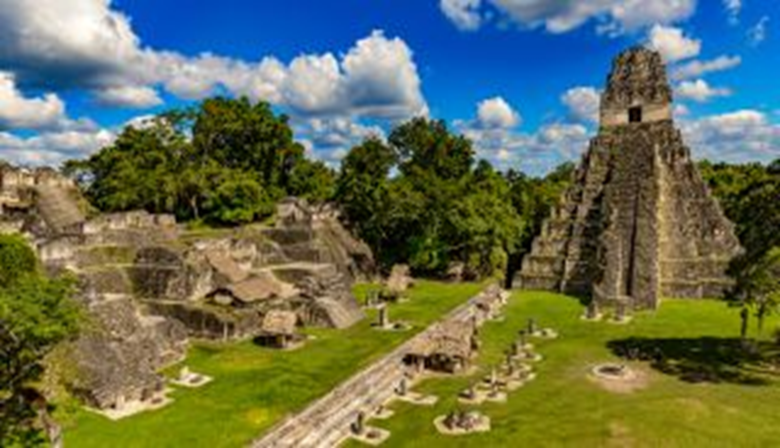?What Triggered the Collapse of the Ancient Maya

Researchers have peered back through 800 years of history to conclude that Mayapan – the capital of culture and politics for the Maya people of the Yucatán Peninsula in the 13th and 14th century CE – may well have been undone by drought.
That drought would have led to civil conflict, which would, in turn, have brought about political collapse, according to the researchers.
People would then have retreated to smaller and safer settlements.
As well as giving us a useful insight into the history of this ancient people, the new study is a warning as well: about how shifts in climate can quickly put pressures on even the most well-established and prosperous civilizations.
"Multiple data sources indicate that civil conflict increased significantly, and generalized linear modeling correlates strife in the city with drought conditions between 1400 and 1450 CE," write the researchers in their published paper.
"We argue that prolonged drought escalated rival factional tensions, but subsequent adaptations reveal region-scale resiliency, ensuring that Maya political and economic structures endured until European contact in the early 16th century CE."

The team already had a lot of historical records to work with, covering population change, contemporary diets, and climate conditions.
These records were augmented with a new analysis of human remains for signs of traumatic injury (pointing to conflict).
Correlations emerged between increased rainfall and an increased population in the area, and between subsequent decreases in rainfall and increased conflict. Prolonged drought during 1400-1450 CE most likely led to the abandonment of Mayapan, the researchers say.

The lack of water would have affected agricultural practices and trade routes, putting strain on the people of Mayapan, the study suggests. As food got scarcer and the situation got more dangerous, people either died or dispersed.
In the final mass grave dug before the city was abandoned, the researchers report that many of the remains probably belonged to the family members of the Cocoms (the heads of state) – a bloody end brought on by competing factions and social unrest.
"Our findings support Mayapan's storied institutional collapse between 1441 and 1461 CE, a consequence of civil conflict driven by political rivalry and ambition, which was embedded in the social memory of Yucatecan peoples whose testimonies entered the written record of the early Colonial Period," write the researchers.

Human responses to environmental pressures such as drought are clearly complex, varying by region and by era – there are so many factors to weigh up and balance when it comes to considering why a historical population acted in the way that it did.
The movement of people to other parts of the Yucatán Peninsula, including prosperous coastal towns and politically independent settlements, helped the Maya culture continue to thrive after the fall of Mayapan – and there was little evidence of any conflict between these regions before Spanish rule started.
That's testament to a "resilient system of human-environmental adaptations," the researchers say, but adaptations can only get you so far. These same regions, along with the rest of the world, are once again facing up to a climate crisis.
"Archaeological and historical records are well suited for examining past societal effects of climate crises over long-term cycles," write the researchers.
"The Maya region offers the breadth and depth of archaeological, historical, and climate records essential for studying correlations between social change and fluctuating climate conditions."
Source : websites

